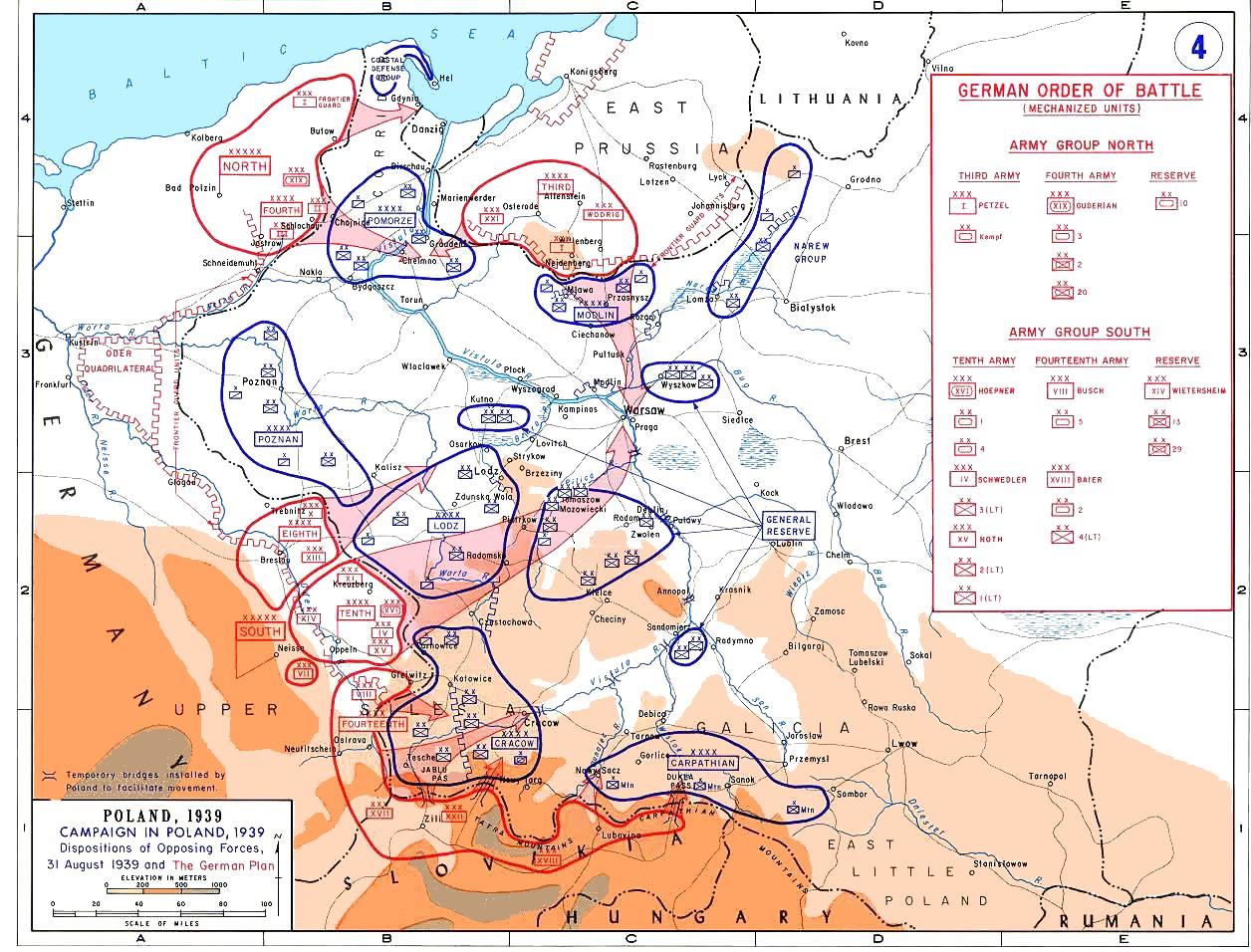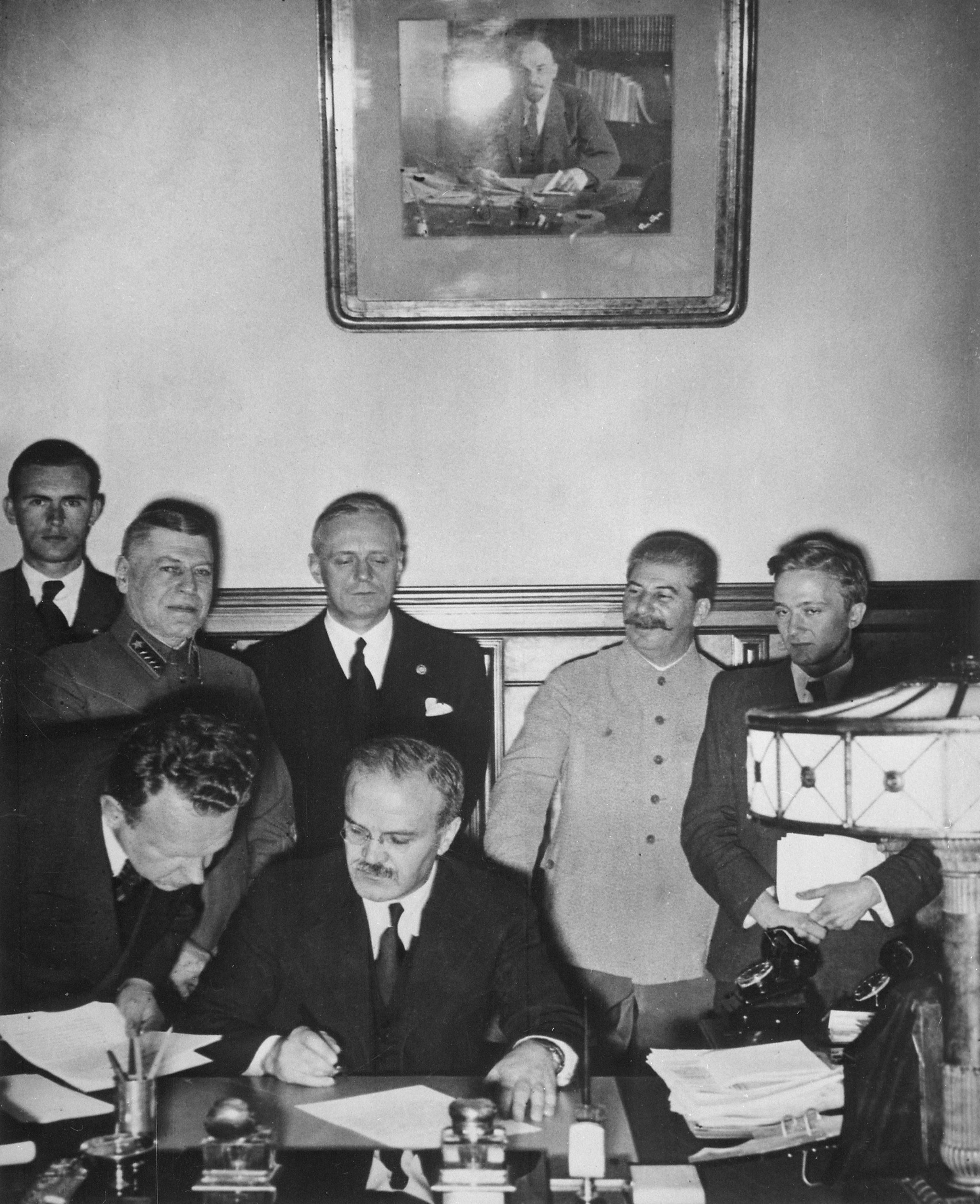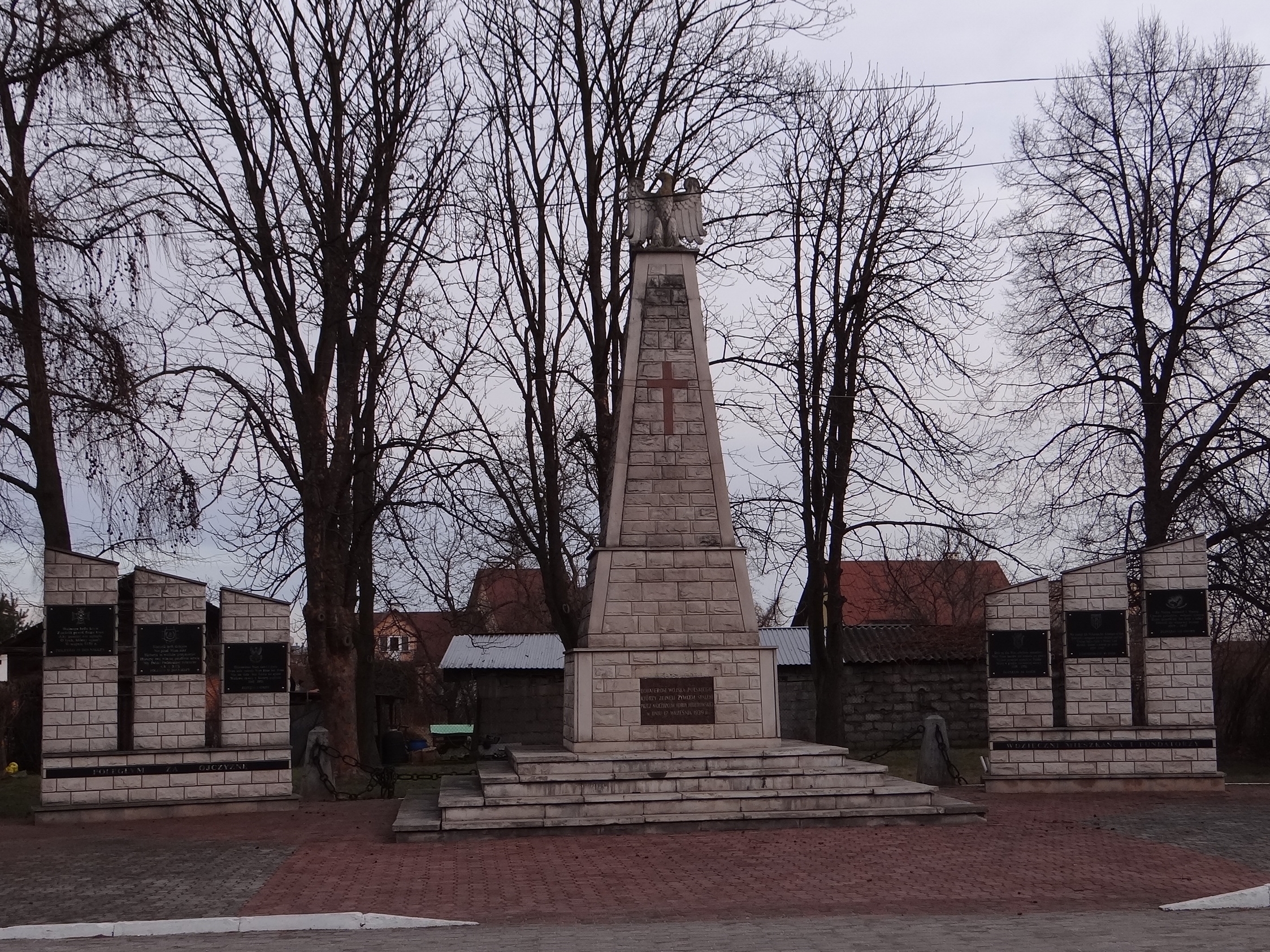|
Szczucin Pomnik
Szczucin is a town in Dąbrowa County, Lesser Poland Voivodeship, in southern Poland. It is the seat of the gmina (administrative district) called Gmina Szczucin. It lies approximately north-east of Dąbrowa Tarnowska, north of Tarnów and east of the regional capital Kraków. The town has a population of 4,069. It is located on the Vistula river. History First mention of Szczucin (then known as ''Sucin'', later ''Sczucin'') comes from 1326, and it refers to a local parish church, which means that it must have been built earlier. The name of the town probably comes from a 14th-century owner of the location, a man named ''Szczuka''. Due to town's location on the Vistula, a river port was established here. Timber from the Sandomierz Forest was brought here, loaded on ships and hauled to Gdańsk, the biggest port of the Crown of the Kingdom of Poland, Kingdom of Poland. Furthermore, Szczucin was a crossing point of the Vistula, along a north–south merchant trail. Administrativ ... [...More Info...] [...Related Items...] OR: [Wikipedia] [Google] [Baidu] |
Countries Of The World
The following is a list providing an overview of sovereign states around the world with information on their status and recognition of their sovereignty. The 206 listed states can be divided into three categories based on membership within the United Nations System: 193 UN member states, 2 UN General Assembly non-member observer states, and 11 other states. The ''sovereignty dispute'' column indicates states having undisputed sovereignty (188 states, of which there are 187 UN member states and 1 UN General Assembly non-member observer state), states having disputed sovereignty (16 states, of which there are 6 UN member states, 1 UN General Assembly non-member observer state, and 9 de facto states), and states having a special political status (2 states, both in free association with New Zealand). Compiling a list such as this can be a complicated and controversial process, as there is no definition that is binding on all the members of the community of nations conc ... [...More Info...] [...Related Items...] OR: [Wikipedia] [Google] [Baidu] |
Vistula
The Vistula (; pl, Wisła, ) is the longest river in Poland and the ninth-longest river in Europe, at in length. The drainage basin, reaching into three other nations, covers , of which is in Poland. The Vistula rises at Barania Góra in the south of Poland, above sea level in the Silesian Beskids (western part of Carpathian Mountains), where it begins with the Little White Vistula (''Biała Wisełka'') and the Black Little Vistula (''Czarna Wisełka''). It flows through Poland's largest cities, including Kraków, Sandomierz, Warsaw, Płock, Włocławek, Toruń, Bydgoszcz, Świecie, Grudziądz, Tczew and Gdańsk. It empties into the Vistula Lagoon (''Zalew Wiślany'') or directly into the Gdańsk Bay of the Baltic Sea with a delta of six main branches ( Leniwka, Przekop, Śmiała Wisła, Martwa Wisła, Nogat and Szkarpawa). The river is often associated with Polish culture, history and national identity. It is the country's most important waterway and natu ... [...More Info...] [...Related Items...] OR: [Wikipedia] [Google] [Baidu] |
Kraków Army
Kraków Army ( pl, Armia Kraków) was one of the Polish armies which took part in the Polish Defensive War of 1939. It was officially created on March 23, 1939 as the main pivot of Polish defence. It was commanded by Gen. Antoni Szylling. Originally, Kraków Army was to be made of seven infantry divisions, two cavalry brigades and one mountain brigade. On September 1, 1939, General Szylling had the force which consisted of five infantry divisions, two cavalry brigades and one brigade of mountain infantry. Altogether, the army was made of 59 battalions, 29 squadrons, 352 cannons, 90 tanks, two armoured trains and 44 planes. These forces were not enough to halt German advance, especially in the area north of Częstochowa, where Kraków Army connected with Łódź Army. Main thrust of Wehrmacht panzer units was directed there, and this area was defended only by the Polish 7th I.D., which was destroyed in the early days of September 1939, opening the way towards central Poland. Creati ... [...More Info...] [...Related Items...] OR: [Wikipedia] [Google] [Baidu] |
World War II
World War II or the Second World War, often abbreviated as WWII or WW2, was a world war that lasted from 1939 to 1945. It involved the World War II by country, vast majority of the world's countries—including all of the great powers—forming two opposing military alliances: the Allies of World War II, Allies and the Axis powers. World War II was a total war that directly involved more than 100 million Military personnel, personnel from more than 30 countries. The major participants in the war threw their entire economic, industrial, and scientific capabilities behind the war effort, blurring the distinction between civilian and military resources. Air warfare of World War II, Aircraft played a major role in the conflict, enabling the strategic bombing of population centres and deploying the Atomic bombings of Hiroshima and Nagasaki, only two nuclear weapons ever used in war. World War II was by far the List of wars by death toll, deadliest conflict in hu ... [...More Info...] [...Related Items...] OR: [Wikipedia] [Google] [Baidu] |
Invasion Of Poland
The invasion of Poland (1 September – 6 October 1939) was a joint attack on the Republic of Poland by Nazi Germany and the Soviet Union which marked the beginning of World War II. The German invasion began on 1 September 1939, one week after the signing of the Molotov–Ribbentrop Pact between Germany and the Soviet Union, and one day after the Supreme Soviet of the Soviet Union had approved the pact. The Soviets invaded Poland on 17 September. The campaign ended on 6 October with Germany and the Soviet Union dividing and annexing the whole of Poland under the terms of the German–Soviet Frontier Treaty. The invasion is also known in Poland as the September campaign ( pl, kampania wrześniowa) or 1939 defensive war ( pl, wojna obronna 1939 roku, links=no) and known in Germany as the Poland campaign (german: Überfall auf Polen, Polenfeldzug). German forces invaded Poland from the north, south, and west the morning after the Gleiwitz incident. Slovak military forces ... [...More Info...] [...Related Items...] OR: [Wikipedia] [Google] [Baidu] |
Gorlice–Tarnów Offensive
The Gorlice–Tarnów offensive during World War I was initially conceived as a minor German offensive to relieve Russian pressure on the Austro-Hungarians to their south on the Eastern Front, but resulted in the Central Powers' chief offensive effort of 1915, causing the total collapse of the Russian lines and their retreat far into Russia. The continued series of actions lasted the majority of the campaigning season for 1915, starting in early May and only ending due to bad weather in October. Mackensen viewed securing a breakthrough as the first phase of an operation, which would then lead to a Russian retreat from the Dukla Pass, and their positions north of the Vistula. Background In the early months of war on the Eastern Front, the German Eighth Army conducted a series of almost miraculous actions against the two Russian armies facing them. After surrounding and then destroying the Russian Second Army at the Battle of Tannenberg in late August, Paul von Hindenburg an ... [...More Info...] [...Related Items...] OR: [Wikipedia] [Google] [Baidu] |
World War I
World War I (28 July 1914 11 November 1918), often abbreviated as WWI, was List of wars and anthropogenic disasters by death toll, one of the deadliest global conflicts in history. Belligerents included much of Europe, the Russian Empire, the United States, and the Ottoman Empire, with fighting occurring throughout Europe, the Middle East, Africa, the Pacific Ocean, Pacific, and parts of Asia. An estimated 9 million soldiers were killed in combat, plus another 23 million wounded, while 5 million civilians died as a result of military action, hunger, and disease. Millions more died in Genocides in history (World War I through World War II), genocides within the Ottoman Empire and in the Spanish flu, 1918 influenza pandemic, which was exacerbated by the movement of combatants during the war. Prior to 1914, the European great powers were divided between the Triple Entente (comprising French Third Republic, France, Russia, and British Empire, Britain) and the Triple A ... [...More Info...] [...Related Items...] OR: [Wikipedia] [Google] [Baidu] |
Austrian Partition
The Austrian Partition ( pl, zabór austriacki) comprise the former territories of the Polish–Lithuanian Commonwealth acquired by the Habsburg monarchy during the Partitions of Poland in the late 18th century. The three partitions were conducted jointly by the Russian Empire, the Kingdom of Prussia and Habsburg Austria, resulting in the complete elimination of the Polish Crown. Austria acquired Polish lands during the First Partition of 1772, and Third Partition of Poland in 1795. In the end, the Austrian sector encompassed the second-largest share of the Commonwealth's population after Russia; over 2.65 million people living on 128,900 km2 (49,800 sq mi) of land constituting formerly south-central part of the Republic. History The territories acquired by Austrian Empire (later the Austro-Hungarian Empire) during the First Partition included the Polish Duchy of Zator and Duchy of Oświęcim, as well as part of Lesser Poland with the counties of Kraków, Sandomierz an ... [...More Info...] [...Related Items...] OR: [Wikipedia] [Google] [Baidu] |
Partitions Of Poland
The Partitions of Poland were three partition (politics), partitions of the Polish–Lithuanian Commonwealth that took place toward the end of the 18th century and ended the existence of the state, resulting in the elimination of sovereign Poland and Lithuania for 123 years. The partitions were conducted by the Habsburg monarchy, the Kingdom of Prussia, and the Russian Empire, which divided up the Commonwealth lands among themselves progressively in the process of territorial seizures and annexations. The First Partition of Poland, First Partition was decided on August 5, 1772 after the Bar Confederation lost the war with Russia. The Second Partition of Poland, Second Partition occurred in the aftermath of the Polish–Russian War of 1792 and the Targowica Confederation of 1792 when Russian and Prussian troops entered the Commonwealth and the partition treaty was signed during the Grodno Sejm on January 23, 1793 (without Austria). The Third Partition of Poland, Third Partition to ... [...More Info...] [...Related Items...] OR: [Wikipedia] [Google] [Baidu] |
Szczucin Pomnik
Szczucin is a town in Dąbrowa County, Lesser Poland Voivodeship, in southern Poland. It is the seat of the gmina (administrative district) called Gmina Szczucin. It lies approximately north-east of Dąbrowa Tarnowska, north of Tarnów and east of the regional capital Kraków. The town has a population of 4,069. It is located on the Vistula river. History First mention of Szczucin (then known as ''Sucin'', later ''Sczucin'') comes from 1326, and it refers to a local parish church, which means that it must have been built earlier. The name of the town probably comes from a 14th-century owner of the location, a man named ''Szczuka''. Due to town's location on the Vistula, a river port was established here. Timber from the Sandomierz Forest was brought here, loaded on ships and hauled to Gdańsk, the biggest port of the Crown of the Kingdom of Poland, Kingdom of Poland. Furthermore, Szczucin was a crossing point of the Vistula, along a north–south merchant trail. Administrativ ... [...More Info...] [...Related Items...] OR: [Wikipedia] [Google] [Baidu] |
Lesser Poland Province, Crown Of The Kingdom Of Poland
Lesser Poland Province ( pl, Prowincja małopolska, la, Polonia Minor) was an administrative division of the Crown of the Kingdom of Poland from 1569 until 1795 and the biggest province of the Polish–Lithuanian Commonwealth. The name of the province comes from historic land of Lesser Poland. The name of the province did not imply its size, but rather seniority. It had two administrative seats one Sudova Vyshnia for Ruthenian lands, and another Nowe Miasto Korczyn for Polonian lands. The province consisted of 11 voivodeships and one duchy (see below). Polish historian Henryk Wisner in his 2002 book ''Rzeczpospolita Wazów. Czasy Zygmunta III i Władysława IV'' writes that it is not known when lands of the Polish Crown were divided into the two provinces: "Parallel to the Crown of the Kingdom of Poland, and the Grand Duchy of Lithuania, provinces existed, which should be called Sejm provinces, as they became visible during its sessions; mostly during election of the Marsha ... [...More Info...] [...Related Items...] OR: [Wikipedia] [Google] [Baidu] |
Sandomierz Voivodeship
Sandomierz Voivodeship ( pl, Województwo Sandomierskie, la, Palatinatus Sandomirensis) was a unit of administration and local government in Poland from the 14th century to the partitions of Poland in 1772–1795. It was part of the Lesser Poland region. Originally Sandomierz Voivodeship also covered the area around Lublin, but in 1474 its three eastern counties were organized into Lublin Voivodeship. In the 16th century, it had 374 parishes, 100 towns and 2586 villages. The voivodeship was based on the Sandomerz '' ziemia'', which earlier was the Duchy of Sandomierz. The Duchy of Sandomierz was created in 1138 by King Bolesław III Wrymouth, who in his testament divided Poland into five principalities. One of them, with the capital at Sandomierz, was assigned to Krzywousty's son, Henry of Sandomierz. Later on, with southern part of the Seniorate Province (which emerged into the Duchy of Krakow), the Duchy of Sandomierz created Lesser Poland, divided into Kraków and Sandomierz ... [...More Info...] [...Related Items...] OR: [Wikipedia] [Google] [Baidu] |







